From tape-ball cricket to the top of the world: Babar Azam's incredible rise
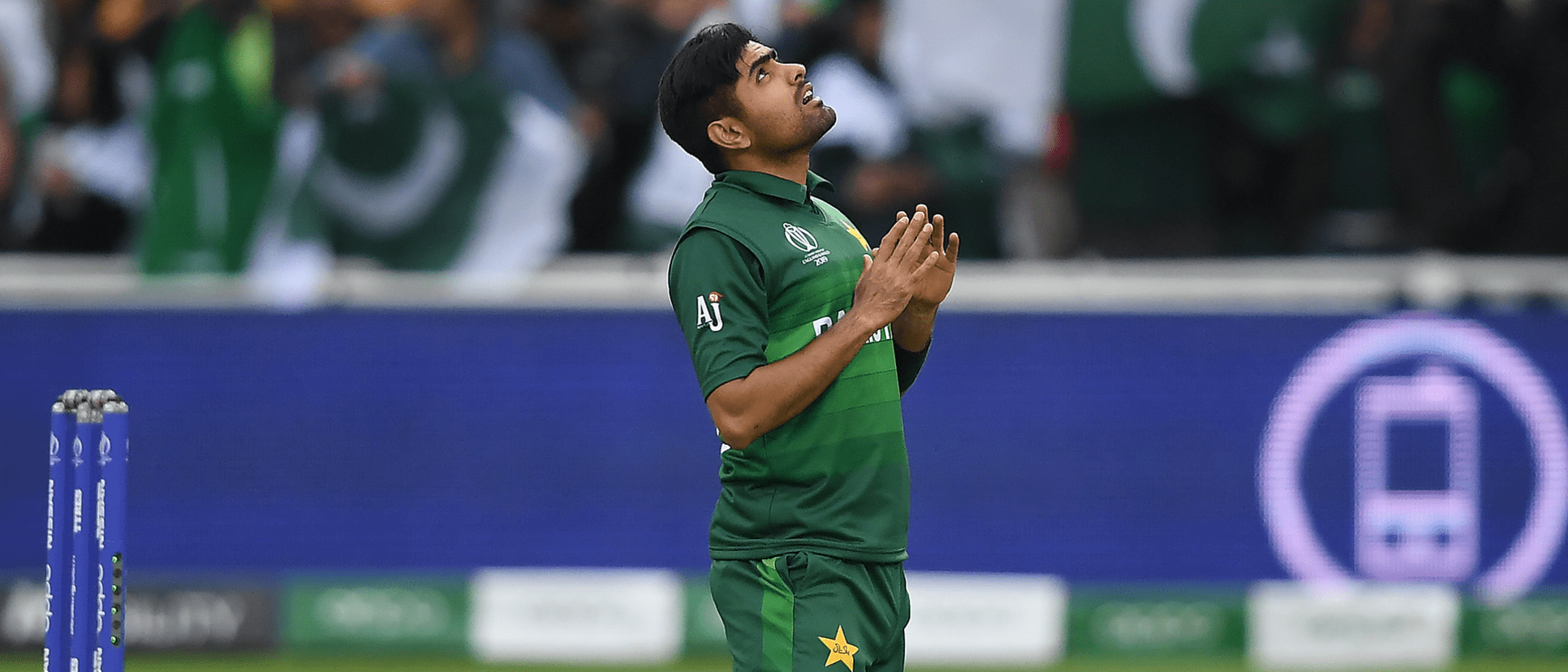
Babar’s spot at the top of the ICC men’s ODI batting rankingswas confirmed on Wednesday, to the delight of Pakistani supporters who last saw a batsman from their country occupy the top spot in 2003.
We look back on the 26-year-old sensation’s rise to the top.
THE FORMATIVE YEARS
For Babar, the journey started in the same way it has for so many cricket lovers around the world. Playing on the streets around his family home in Lahore.
By 12 he was playing serious tape-ball cricket and at age 14 he had his first meaningful taste of failure in the sport as he was rejected from the national academy.
It was only a setback. A year later he would gain entry and be declared the country’s best Under-15 batsman. Not that it was easy. He had spent the past year leaving home at 10am in the company of two of his cousins and a friend, walking an hour to Model Town Park where they would set up the nets. They would not come home until 8pm. It was that kind of diligence and hard work that would carry him to the top.
DOMINATING UNDER-19s
In 2009, still only 15 years old, the first signs of a generational talent emerged.
Opening the batting in his first-ever match at the ICC Under-19 Cricket World Cup, taking on a West Indies line-up filled with future internationals, he scored a brilliant 129 off 132 deliveries.
Pakistan would go on to finish second at that tournament, with Babar third on the run-scoring charts. He finished with 298 runs at 59.60, ahead of the likes of Joe Root, Ben Stokes and KL Rahul. Competing against players up to three years older than him in New Zealand, he had dominated.
Two years later he found himself leading Pakistan at the U19 Cricket World Cup 2012 in Australia. Once again he finished among the top three run-scorers, making 287 at 57.40 with one century and two fifties.

KNOCKING ON THE DOOR IN DOMESTIC CRICKET
He was still only 17 years old during his second U19 World Cup but by then he had already become a regular in Pakistan’s domestic tournaments.
By age 15 he had made his List A debut and by 16 he was a first-class cricketer for ZTBL.
He would spend five years knocking on the door in domestic cricket before achieving the lifelong dream of representing his nation at the senior level.
In just his second season of List A cricket he averaged 80.25, and he went on to average more than 55 in each of his next two domestic campaigns.
His star waned in his fifth season but in the summer of 2014/15 he returned to his best, smashing 571 runs at 63.44 across 11 List A matches with three centuries to his name.
By the time he received his first ODI cap he already had six centuries and more than 2000 List A runs at an average of 47.88 to his name.
A HOMETOWN DEBUT
Fittingly when he received his first ODI cap, on 31 May 2015, it was in his hometown of Lahore at Gaddafi Stadium. It was just five kilometres away from Model Town Park where he and his friends had once trained.
It had been a landmark month for cricket in Lahore, with the city hosting international fixtures for the first time in six years.
Still only 20 years old, Babar took the occasion in his stride, stroking a 60-ball 54. As would become synonymous with an Babar innings, it was played with a minimum of risks but at an impressive clip.
With wickets falling around him, he dealt his damage mostly in ones and twos, but still raced to his half-century in just 54 balls, with his four boundaries coming off deliveries that asked to be hit.
He had arrived.
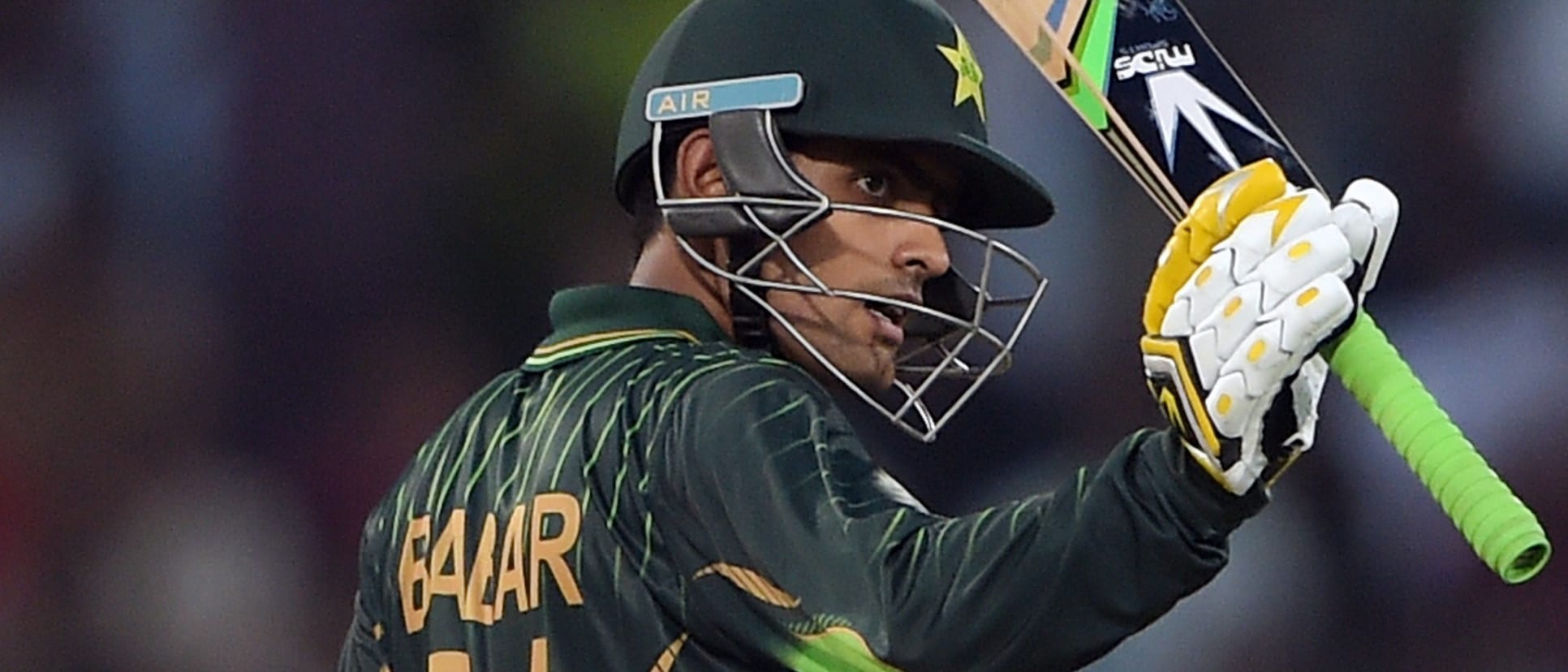
A STAR EMERGES
Nowadays, Babar’s place among ODI cricket’s finest players is unquestionable. An average of 56.83 and 13 centuries across just 80 matches will do that sort of thing.
However, across his first year and a half on the international stage there were only signs of promise rather than concrete evidence of a world-class player. Across his first 15 ODIs, he had averaged 37.57, with his five half-centuries as much cause for hope as frustration.
It all changed on the final day of September in 2016 as he punched a delivery from West Indies spinner Sunil Narine through the covers to raise his first ODI century at Sharjah in the UAE.
With that first international century scored, the floodgates were opened.
He notched two more hundreds in his next two innings against the West Indies, becoming the first player to ever score their first three ODI centuries in consecutive innings.
Since that first ton against the West Indies, he has scored 13 hundreds in 65 matches with an average of 61.92.
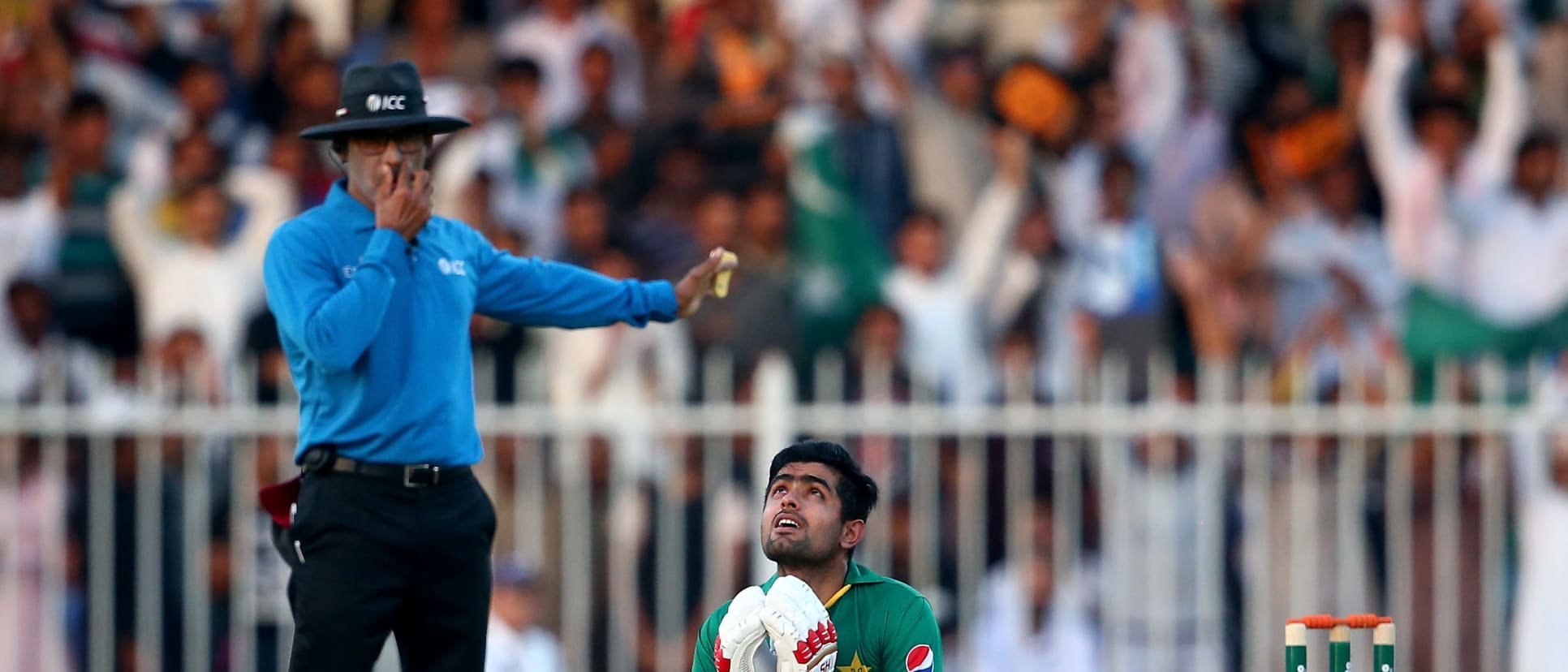
CHAMPIONS TROPHY WINNER
In 2017, Pakistan won their first global 50-over trophy in 25 years, beating rivals India in the final of the ICC Champions Trophy after going into the tournament as firm underdogs.
Babar, not yet born when Imran Khan’s famous outfit won the World Cup in ’92, scored an important 46 in the final and averaged a healthy 44.33 for the tournament.
The men in green received a hero’s welcome on their return to Pakistan, with Babar coming home to see his car sprinkled in petals by his neighbours.
"I always try to give my 100% and want to improve with every passing game," he told reporters at the time. "I am happy that I have contributed in the victories and excited to be a part of this historic moment."
KICKING ON
That desire to continue improving was on show as he notched back-to-back centuries in his first two matches after the Champions Trophy.
Both came against Sri Lanka and both were in the UAE, where he had now scored hundreds in five consecutive ODI innings. No one has ever scored more consecutive ODI tons in a country.
By September 2018 he passed 2000 runs in ODI cricket, reaching the milestone in just 45 innings. Only one player has ever gotten there quicker and that is South African great Hashim Amla. Amla took just 40 innings.
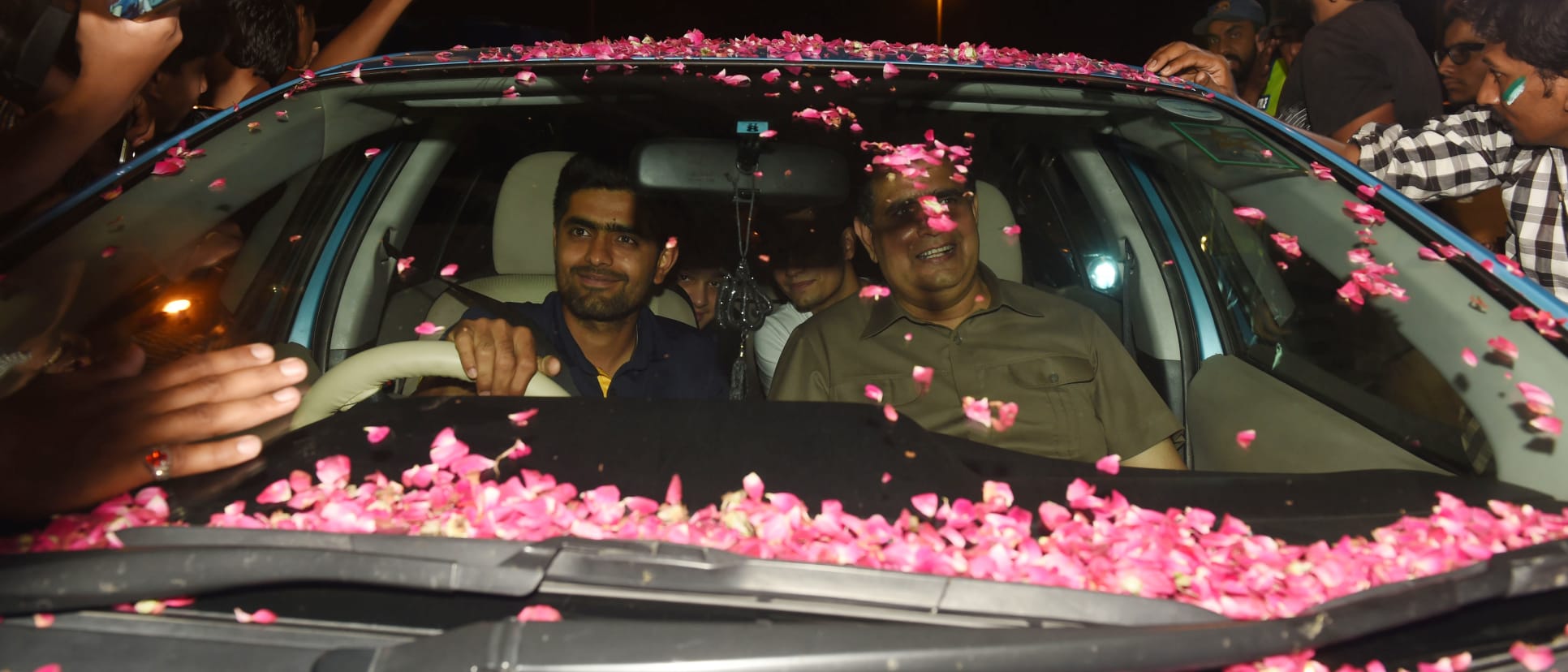
THE WORLD CUP
By the time the ICC Cricket World Cup rolled around in 2019, Pakistan knew they had a star in Babar. It was at the showpiece tournament that the rest of the world really caught on too.
A 66-ball 63 in a surprise win for Pakistan against hosts England in his second match of the tournament had caught the eye. So too had his 48 against India and 69 against South Africa.
However, they had all left fans wanting more. More of those gorgeous cover drives. More of that serenity at the crease. But most importantly, more runs. For the Babar who had so regularly turned starts into so much more to come out on the world stage.
Against New Zealand, he did just that, scoring his first-ever Cricket World Cup century as Pakistan got home with five balls to spare on a pitch that offered plenty to the bowlers.
“This is my best innings,” Babar told reporters after the match. “The wicket was very difficult and turned a lot in the second half. The plan was to go through to the end and give my 100 per cent."
He went on to make history in that tournament, scoring 474 runs at 67.61 to break Javed Miandad’s 1992 record for the most runs by a Pakistan batsman in a Cricket World Cup campaign.
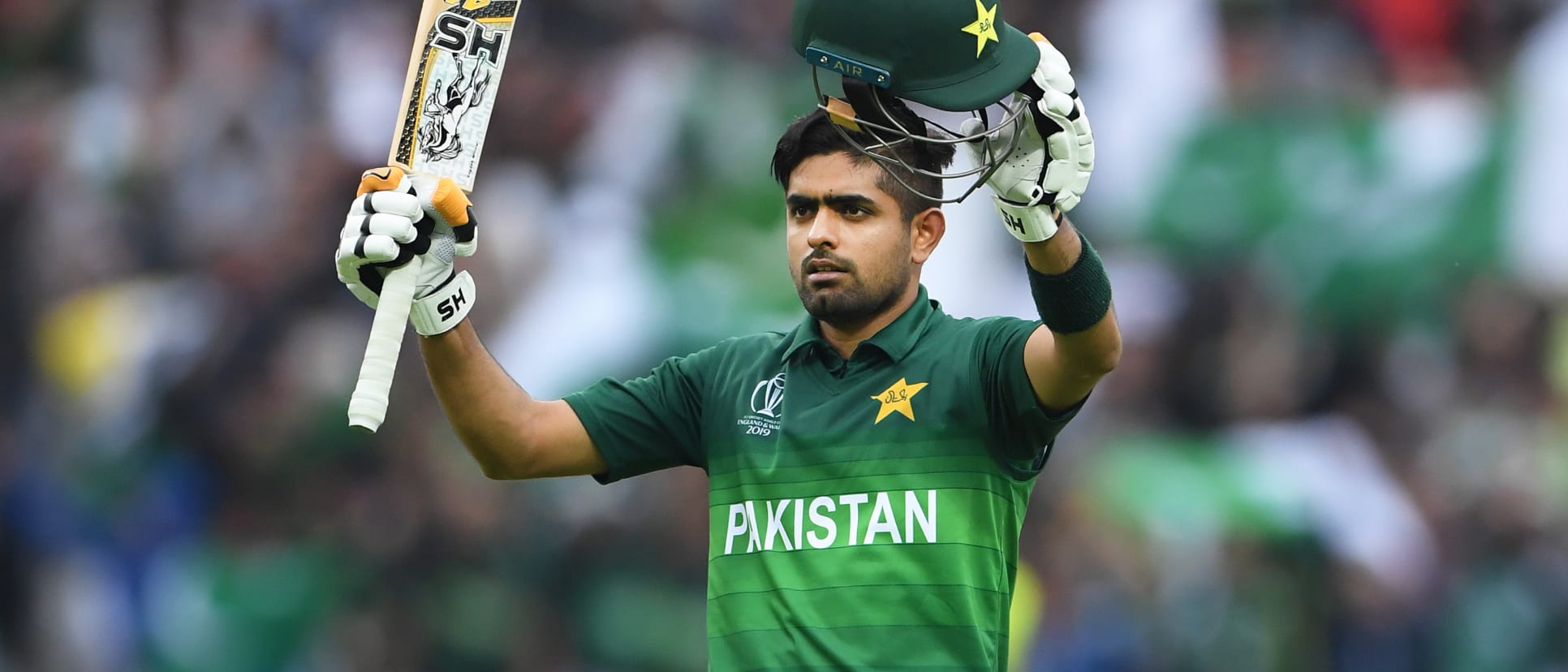
A CAPTAIN’S RUN TO NO.1
Shortly after the World Cup, Babar was named Pakistan’s ODI captain. So far the added responsibility has only further fuelled his success.
In his six ODIs since being named captain, Babar has averaged 89.80 with a strike rate of 102.98, passing 50 four times.
In his third match as captain, he scored a run-a-ball 125 against Zimbabwe. He followed it up with a century against South Africa at Centurion, powering his team to a series-opening victory. He went on to score 94 in the decider last week, securing Pakistan’s second-ever ODI series win in South Africa.
That 94 was also enough to secure Babar top spot on the ICC ODI batting rankings, ending Pakistan’s nearly 18-year long wait for somebody to follow in the footsteps of Yousuf.
Still only 26 years old, Babar's best years are still ahead of him.
Given he boasts the third greatest ODI average (56.83) in history right now, that is a scary thought for opposition teams all around the world.